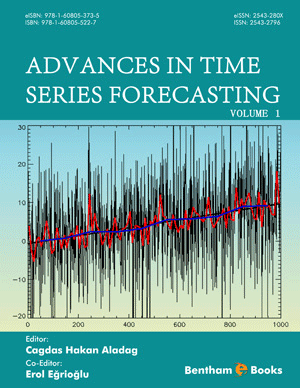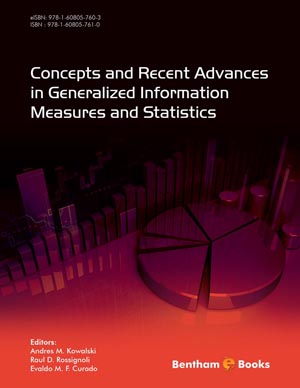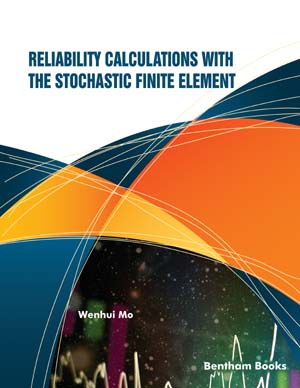Abstract
The importance of this guidebook is that it is simple to use and requires no prior knowledge, while yet
presenting the core concepts of statistical theory with applications in SPSS (Statistical Package for the Social
Sciences). SPSS is a user-friendly and powerful data management and statistical analysis software package.
The package is especially beneficial for students and researchers in psychology, sociology, psychiatry, and
other behavioral sciences, as it performs a wide range of univariate and multivariate operations commonly
used in these fields. Because of the importance of multivariate statistics, two parts of Chapter 6 are devoted
to this topic. The purpose of this guide is to provide concise and clear instructions on how to perform a
variety of statistical analysis using the most recent version of SPSS, SPSS 21. Furthermore, the primary goal
of this book, as opposed to other books, is to assist undergraduate, graduate, and postgraduate students
in a variety of fields, including but not limited to statistics, economics, physics, chemistry, education, and
commerce, in conducting statistical analysis using SPSS software. Each chapter focuses on a distinct sort of
analytical method that may be used on a variety of data sets, mostly from the social and behavioral sciences.
Furthermore, the book must be thorough in terms of dealing with a wide range of problems found in the
literature as well as determining the best answer. Although we spend a lot of time talking about how to use
SPSS to acquire findings and analyze them, the underlying theoretical foundation of many of the approaches
is also covered in separate boxes. The reader is referred to other sources for details when more complex
techniques are employed. Despite the fact that many of the boxes contain a few mathematical equations,
the reader with only a basic understanding of mathematics will be able to conduct an adequate analysis of
the data. The reader should have taken at least one statistical course and be familiar with concepts, such
as linear regression, correlation, significance tests, and elementary analysis of variance in order to get the
most out of this handbook. This guide will provide researchers and students with a relatively self-contained
method of accurately analyzing their data using SPSS. Each chapter concludes with a collection of tasks,
some of which are linked to the data sets covered in the chapter and others which introduce further data
sets. These activities will help the readers to improve their SPSS and statistical abilities.











